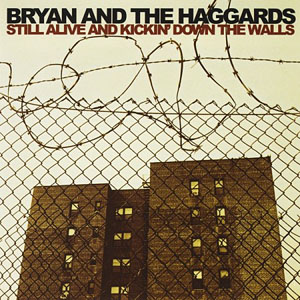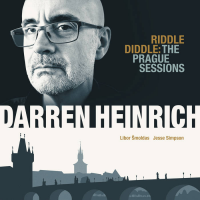Home » Jazz Articles » Reassessing » Clifford Brown: Clifford Brown: With Strings
Clifford Brown: Clifford Brown: With Strings
 Clifford Brown
Clifford BrownWith Strings
Emarcy
1955
Recordings setting soloists alongside string ensembles were not a staple of the bop years, but, when trumpeter Clifford Brown recorded With Strings, he had two illustrious predecessors. In 1946, trumpeter Dizzy Gillespie recorded four Jerome Kern standards with an ensemble arranged by Johnny Richards. Kern's estate, horrified at the "desecration," blocked their release (they were finally issued in 1980 on Phoenix Records). In 1949, saxophonist Charlie Parker recorded with strings arranged by Jimmy Carroll, returning to the idea a year later, this time with arranger Joe Lipman. In 1955, Brown's string ensemble was arranged by Neal Hefti, on a session which also employed Brown's regular touring band—Richie Powell (piano), George Morrow (bass), Max Roach (drums)—augmented by guitarist Barry Galbraith.
Brown's With Strings may not have been the first album in the field, but it is surely among the most beautiful of jazz discs ever to be made with strings—or, come to that, without them. It benefits, too, from the advances in studio technology made in the 1950s, after the Gillespie and Parker recordings: the sound is deep and lush, and the six violins, two violas and a cello sound like an ensemble larger than its actual size.
Brown's sunny, lyrical style was as well suited to a strings setting as that of tenor saxophonist Stan Getz, whose Eddie Sauter-arranged masterpiece, Focus (Verve), was recorded in 1961. Unlike Getz, Brown's approach was not improvisation-focused; the 12 tracks on With Strings are all around three minutes long and Brown's solos are restricted, in the main, to theme embellishments during the second half of each performance. Hefti's gorgeous arrangements aside, the magic comes from the way Brown reads the tunes.
What great tunes they are. Three composed by Jerome Kern, two by Richard Rodgers, and others by George Gershwin, Eubie Blake, Bob Haggart, David Raksin, Ann Ronell and Joseph Russel Robinson. The disc closes with Hoagy Carmichael's "Stardust."
Every one of the tracks is a gem, but "Stardust," by a neck, is the most lustrous, a reading to set alongside Carmichael's own privately made, intensely poignant solo piano recording of 1944.
If any criticism can be leveled at With Strings, it is a small one. Had the number of tracks been limited to ten, allowing a chorus or so of full-on trumpet improvisation, with the album still coming in at the then-maximum 40 minutes' playing time, we would, perhaps, have perfection. But that is to cavil. With Strings is as close to perfection as makes no difference.
A year after the album was made, Brown (along with Richie Powell) was killed in an auto crash, aged 26.
Tracks: Yesterdays; Laura; What's New?; Blue Moon; Can't Help Lovin' Dat Man; Embraceable You; Willow Weep for Me; Memories of You; Smoke Gets in Your Eyes; Portrait Of Jenny; Where Or When; Stardust.
Personnel: Clifford Brown: trumpet; Richie Powell: piano; Barry Galbraith: guitar; George Morrow: bass; Max Roach: drums; uncredited string nonet arranged by Neal Hefti.
Tags
Clifford Brown
Reassessing
Chris May
United States
Dizzy Gillespie
Jerome Kern
Johnny Richards
Charlie Parker
Neal Hefti
Richie Powell
Max Roach
Barry Galbraith
Stan Getz
Eddie Sauter
George Gershwin
Eubie Blake
Bob Haggart
J.Russel Robinson
Hoagy Carmichael
PREVIOUS / NEXT
Support All About Jazz
 All About Jazz has been a pillar of jazz since 1995, championing it as an art form and, more importantly, supporting the musicians who make it. Our enduring commitment has made "AAJ" one of the most culturally important websites of its kind, read by hundreds of thousands of fans, musicians and industry figures every month.
All About Jazz has been a pillar of jazz since 1995, championing it as an art form and, more importantly, supporting the musicians who make it. Our enduring commitment has made "AAJ" one of the most culturally important websites of its kind, read by hundreds of thousands of fans, musicians and industry figures every month.



















